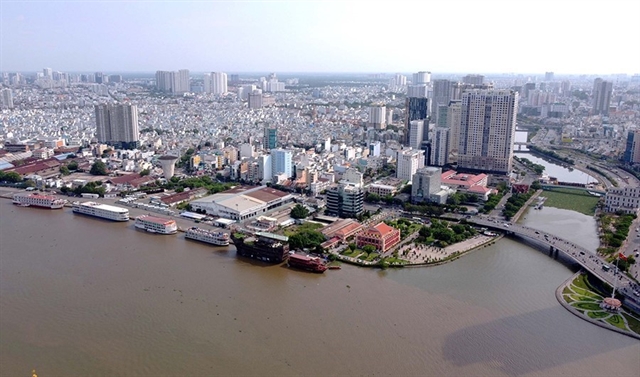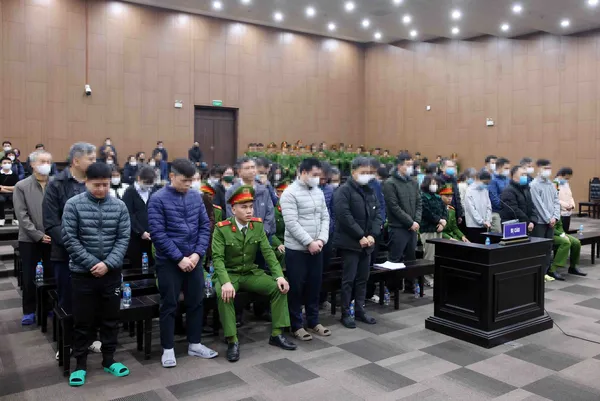.jfif) Society
Society

 |
| A view of HCM City along Sài Gòn River. — VNA/VNS Photo Thanh Vũ |
HCM CITY — HCM City needs about VNĐ27 trillion (US$1.2 billion) to invest in ensuring water security amid emergencies, according to its irrigation development plan by 2030.
The municipal People's Committee has approved a plan on the irrigation development to support agricultural production in the city by 2030, with a vision to 2045.
The city is currently suffering from various types of natural disasters and risks, hence the operation and regulation of the irrigation systems have faced many challenges.
In particular, during the dry season, apart from regulating water for agricultural irrigation and preventing salinisation, the systems must also prevent pollution sources.
Under this irrigation development plan, there will be three sub-regions in the city. The first sub-region in Củ Chi District, comprised of 185 works with an investment of nearly VNĐ14 trillion (US$552 million) for the Đông Canal system, the irrigation system along Sài Gòn River and the drainage system.
The Đông Canal system will need to be upgraded to ensure water supply for the city's domestic water from Dầu Tiếng Reservoir.
The irrigation system along the Sài Gòn River will ensure water supply, drainage capabilities, flooding prevention and tidal control.
The districts of 12, Bình Chánh, Hóc Môn and Nhà Bè are located in the second sub-region that utilises water sources for agricultural production, mostly supplied from the internal canal and stream systems originating from the Vàm Cỏ and Sài Gòn rivers and Tra Canal.
This sub-region needs to upgrade the Hóc Môn - Bắc Bình Chánh irrigation system, the embankments on both sides, and add culverts and protective embankments to protect agricultural and residential areas.
It needs 266 irrigation projects with an investment of more than VNĐ9.6 trillion ($378 million).
The third sub-region is identified as Cần Giờ District, which is in need of upgraded embankments and dykes for erosion and flooding prevention from high tides, as well as dredged channels and streams to improve water drainage capabilities.
As for raw salt production areas, it is necessary to construct protective embankments to protect the production zone during high tides and storms.
The sub-region needs nearly VNĐ3 trillion ($1.2 million) to invest into 101 projects.
Besides these sub-regions, the city needs investment of nearly VNĐ450 billion ($17.8 million) into 105 small-scale irrigation works and intra-field irrigation systems.
Following this irrigation development plan, one of the city's significant tasks is to ensure clean water for domestic, industrial and business needs.
The city’s irrigation sector has been building about 45 irrigation systems with approximately 2,000 kilometres of embankments and dykes along various rivers and canals together with over 900 auxiliary structures like culverts, dams, and pumping stations.
Additionally, about 600 embankment works are enhancing flooding control due to high tides combined with rural traffic.
The irrigation systems and works have been constructed in the city to meet the needs for saltwater salinity control and flooding prevention for about 55,000 hectares of agricultural land; and flooding prevention for about 70,000ha during tidal surges in the districts of Củ Chi, Hóc Môn, Bình Chánh, Cần Giờ, Bình Tân and 12, and Thủ Đức city.
The city’s water supply planning by 2040, with a vision toward 2060, will need the construction of regulatory reservoirs, raw water storage reservoirs and clean water tanks at water treatment plants.
The city has to plan emergency preparedness amid the impacts of climate change, ensuring water security. — VNS




